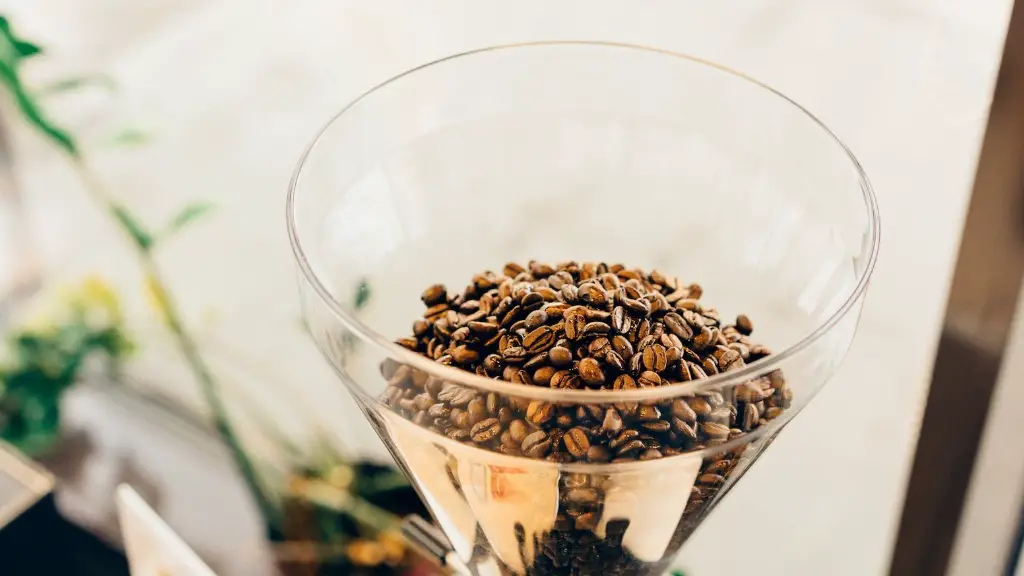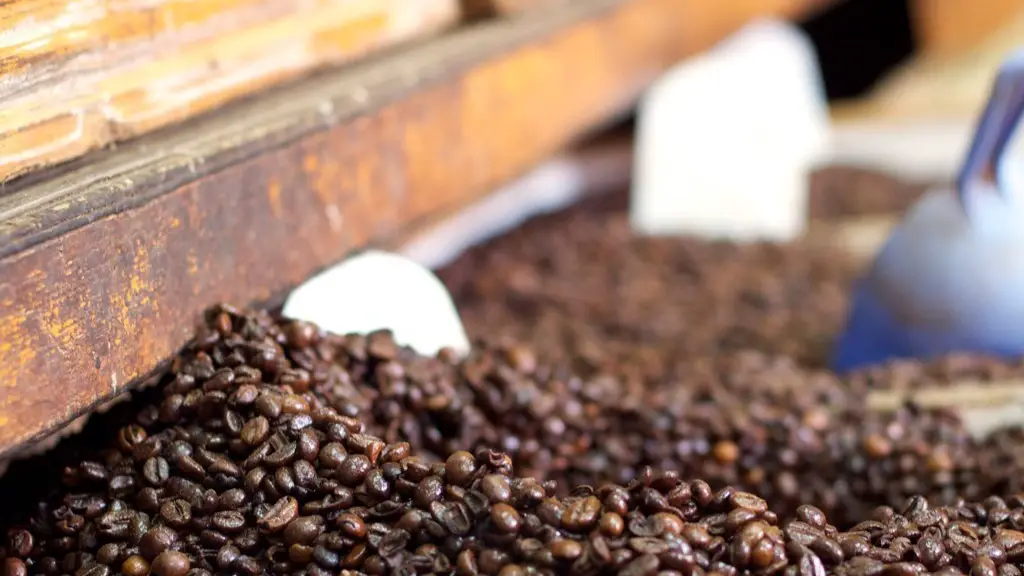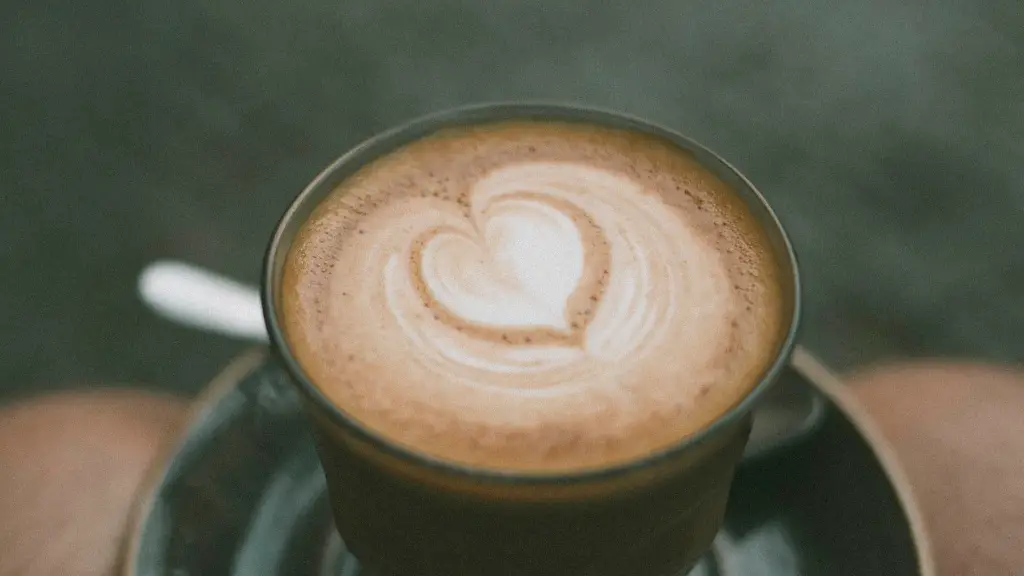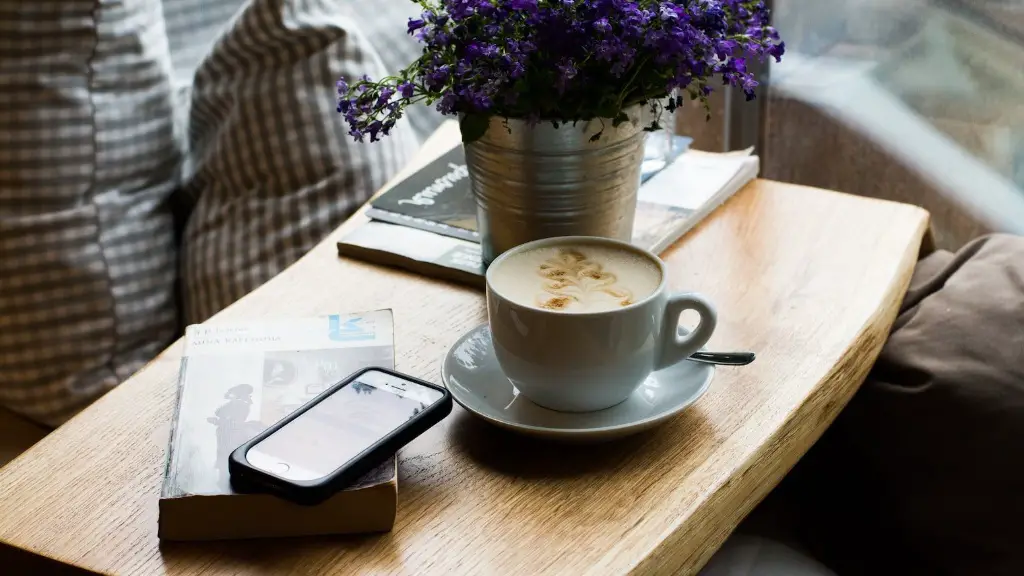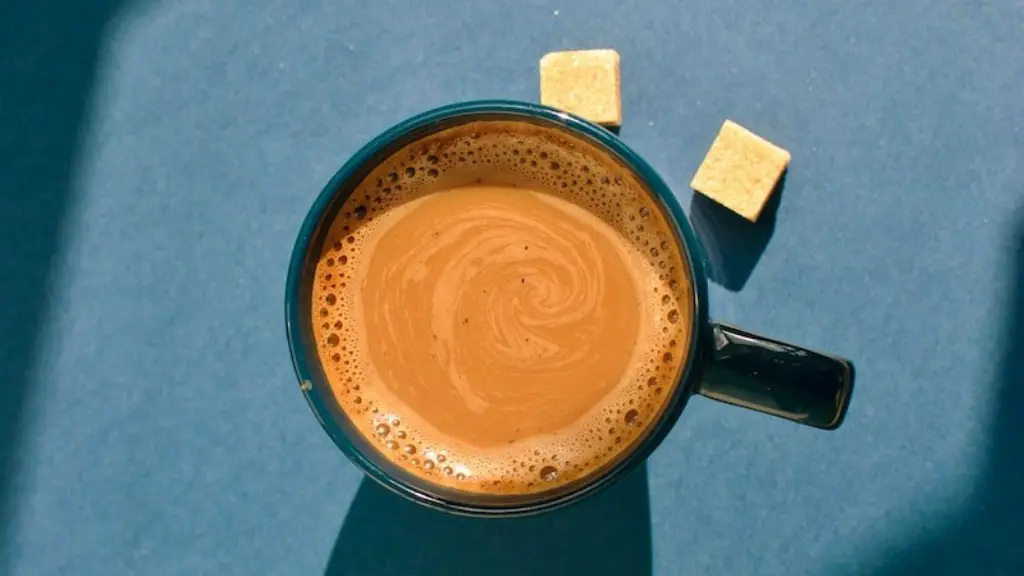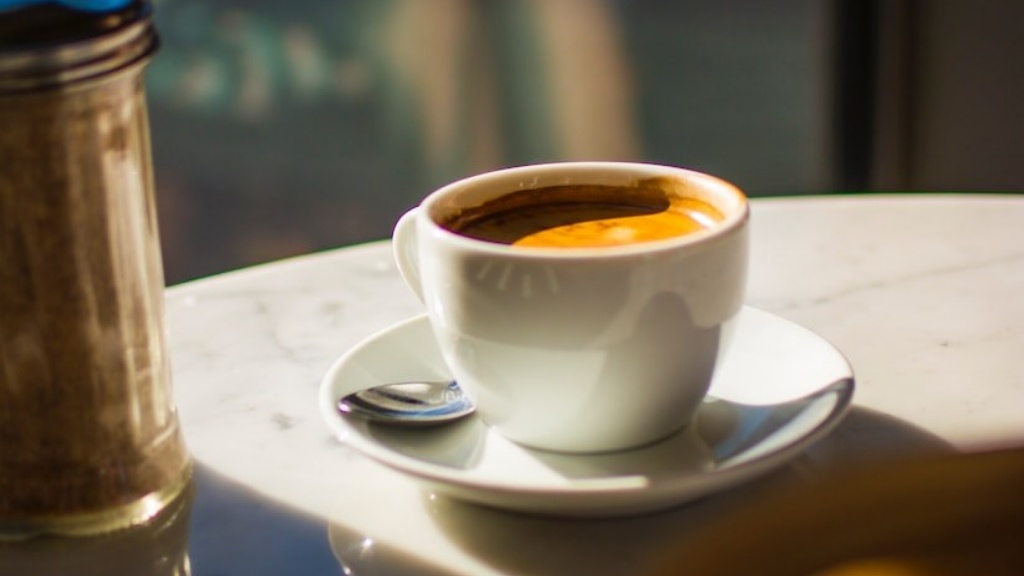From the espresso to the coffee maker, coffee has long been a symbol of Italian society. Whether it’s a classic cappuccino, creamy latte, or the iconic espresso, Italians are serious about their coffee. In Italy, coffee isn’t just a drink, it’s a passion.
Traditional Italian espresso is known for its strong flavor and intense aroma. It’s so potent, it can be enjoyed in just one sip. To make Italian espresso, fresh-ground Italian coffee beans are toasted and finely ground and then combined with hot water to create a concentrated shot of bold, full-bodied coffee.
But this style of coffee isn’t the only way Italians take their caffeine. A popular and more contemporary method of brewing is the moka pot, which is a stovetop espresso machine. It works by forcing pressurized hot water from the bottom chamber through the ground coffee in the top chamber and out into the bottom, creating a full-bodied and more concentrated brew.
Another popular espresso-based beverage is the caffè latte, which consists of a double shot of espresso combined with steamed milk. Cafés around the country often serve caffè latte with fresh milk and a sprinkle of cocoa powder on top. Caffè macchiato is also a classic Italian espresso-based beverage, with a shot of espresso “marked” with a small amount of foamed milk.
Besides the espresso-style coffees, a few other varieties of coffee have become popular in Italy. Fried coffee, or caffe’ brace, is a strong, dark coffee that’s brewed using a long process of boiling grounds in a tiny pot. Meanwhile, caffe’ corretto is a shot of espresso combined with a dash of brandy or liqueur. And caffè shakerato, a cool and refreshing summer drink, is made with a double shot of espresso, a spoon of sugar and ice, and shaken until frothy in a cocktail shaker.
But what makes Italian coffee unique? Many people would say it’s the blend. Italian-style espresso is typically brewed from a blend of Arabica and Robusta beans, which give the coffee its earthy flavor and strong aroma. To create the perfect espresso, Italian baristi pay close attention to the roast level and the ratio of Arabica to Robusta. And the quality of the milk used to make lattes and cappuccinos is an essential part of any Italian café.
In Italian culture, coffee is 60″amp
The Social Aspects of Italian Coffee
Coffee isn’t just a drink in Italy – it’s also a way of life. In Italy, coffee isn’t only enjoyed as a pick me up, or as a drink after meals. Instead it’s often viewed as a way to take a break from everyday life, have a chat with friends, or just observe the people around you. In other words, coffee is seen as an immersion into Italian culture.
As for etiquette, Italians like to keep their coffee short and sweet. They rarely linger for hours and engaging in long conversations over coffee isn’t considered good manners. Coffee is to be enjoyed in small doses, and Italians often drink it quickly and with enthusiasm.
The traditional form of coffee also has its own unique rules. Italians don’t eat cake or cookies with their coffee. Instead, making a breakfast out of coffee is seen as impolite. If coffee isn’t made in the traditional Italian style, or if it’s served without sugar, then the waiter might even accuse you of not being Italian.
In addition to the culture surrounding Italian coffee, there’s also the matter of price. One espresso costs about 1 euro, which is a good deal compared to most other countries. Coffee isn’t considered an extra, it’s an essential part of the day. And, it’s because of the cheap prices that coffee is consumed in such high volumes in Italy.
Types of Italian Coffee Machines
There are two different types of coffee machines used in Italy: manual espresso machines and capsule machines. Manual espresso machines use ground coffee beans, hot water and pressure. The pump creates nine bars of pressure, which pushes the hot water through the coffee grounds and into the cup.
The other type is the capsule machine, which is more convenient and less messy. It works with pre-packaged coffee capsules that are inserted into the machine and activated with the press of a button. These machines make one or two shots of espresso.
In addition to these two machines, Italians also like to use percolators and French presses. These are manual devices that require more work and knowledge, but for those true coffee connoisseurs, these devices provide the best flavor and strength.
The Barista
The perfect espresso isn’t complete without a talented barista behind it. A barista is someone who is knowledgeable about all things coffee. They know the different types of coffee, and they can create delicious espresso drinks like lattes and cappuccinos. They also know how to properly use the machines and maximize the flavor of the coffee beans.
In Italy, baristas are respected and people often seek them out for their expertise. In fact, there’s even a Barista Academy in Italy where aspiring baristas can learn and develop their craft. Those who pass the certification exams are given the title of Italian Barista.
Health Benefits of Italian Coffee
It’s no secret that Italy has one of the highest per capita consumption of coffee in the world. But contrary to popular belief, coffee in moderation can actually be good for you. Studies have shown that coffee can help prevent certain diseases like heart disease and diabetes, and it can also reduce inflammation.
And this isn’t just limited to espresso. Studies have shown that even a cup of regular brewed coffee can help reduce the risk of stroke and help improve mental clarity. Research has also suggested that drinking a cup of coffee per day can even help reduce the risk of developing cancer.
Coffee Culture in Italy
The culture around coffee in Italy is unique, and it has become an integral part of Italian life. Coffee isn’t just something you drink quickly on the go, it’s a social gathering and an art form. Italians take their coffee seriously, and the quality and flavors of their espresso are unmatched.
In Italy, coffee is more than just a beverage – it’s an entire culture. From traditional espresso to more modern methods of brewing, Italians have perfected the art of coffee. Whether it’s an espresso in the morning or an afternoon cappuccino, coffee in Italy is an experience like no other.
